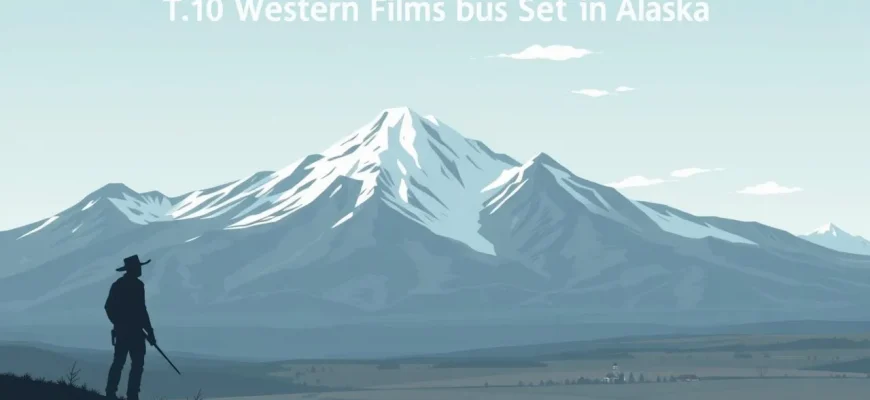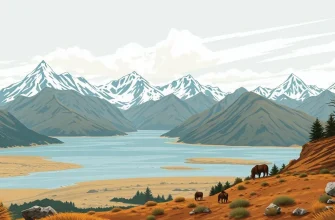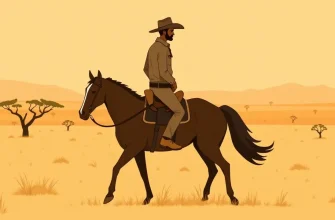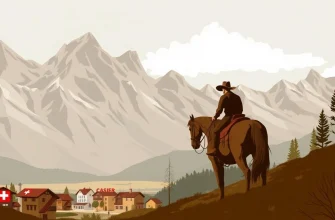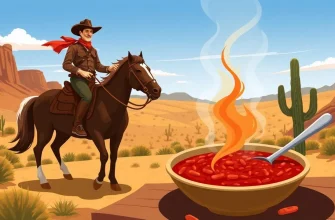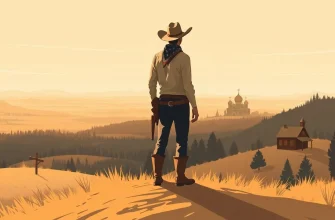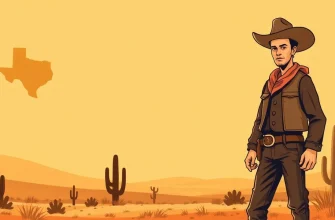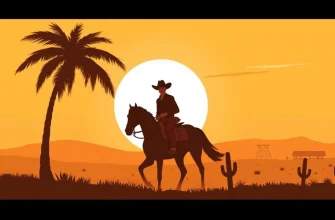Alaska, with its vast, untamed wilderness, has long been a backdrop for tales of adventure, survival, and the clash of cultures. This curated list of Western films set in Alaska not only showcases the breathtaking landscapes but also delves into the rich tapestry of stories that define the spirit of the Last Frontier. From gold rushes to lawless towns, these films capture the essence of the Alaskan frontier, offering viewers a blend of action, drama, and historical insight.
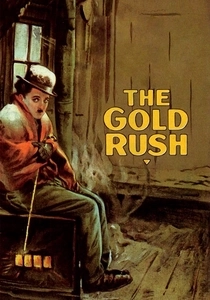
The Gold Rush (1925)
Description: This silent film by Charlie Chaplin captures the frenzy of the Klondike Gold Rush, where the Little Tramp seeks fortune in the harsh Alaskan wilderness. Its inclusion in this list is due to its iconic portrayal of the gold rush era in Alaska.
Fact: The film was re-released in 1942 with a new soundtrack and narration by Chaplin himself. It was also one of the first films to be preserved in the United States National Film Registry.
 Watch Now
Watch Now 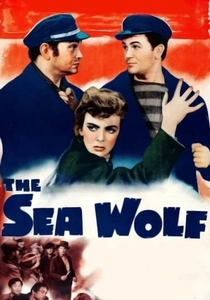
The Sea Wolf (1941)
Description: While not set entirely in Alaska, this adaptation of Jack London's novel features scenes in the Alaskan waters, highlighting the ruggedness of the region and its impact on human character.
Fact: Edward G. Robinson's portrayal of the brutal sea captain was critically acclaimed, adding depth to the film's Alaskan setting.
 Watch Now
Watch Now 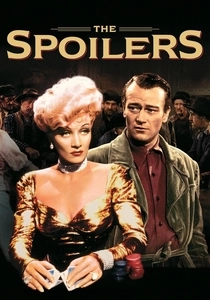
The Spoilers (1942)
Description: This film, set during the Nome Gold Rush, features a classic Western plot of greed, betrayal, and justice, with Marlene Dietrich and John Wayne in leading roles. Its Alaskan setting and themes make it a key entry in this collection.
Fact: The film was remade several times, with this version being the most famous. It was also one of the first films to use Technicolor for its Alaskan scenes.
 Watch Now
Watch Now 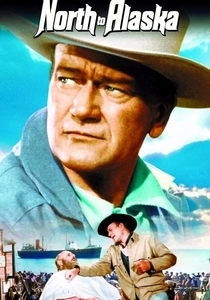
North to Alaska (1960)
Description: Starring John Wayne, this film follows two prospectors who strike it rich in the Nome Gold Rush. It's a classic Western with a touch of comedy, making it a must-watch for its depiction of Alaskan gold fever.
Fact: The film was inspired by the 1939 play "Birthday Gift" by Laszlo Fodor. It was also one of the last films John Wayne made in black and white.
 Watch Now
Watch Now 
The Trail of '98 (1928)
Description: This silent epic follows the lives of gold seekers during the Klondike Gold Rush, capturing the harsh realities and dreams of those who ventured into the Alaskan wilderness.
Fact: The film was shot on location in the Yukon, providing authentic visuals of the gold rush era.
 Watch Now
Watch Now 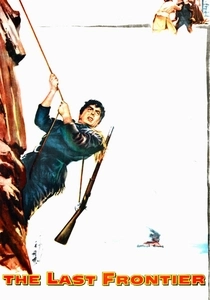
The Last Frontier (1955)
Description: Victor Mature stars in this tale of a trapper who becomes embroiled in the conflict between settlers and the U.S. Army in Alaska. Its depiction of the Alaskan frontier life adds depth to this list.
Fact: The film was shot in the Sierra Nevada mountains, which were used to represent the Alaskan wilderness.
 Watch Now
Watch Now 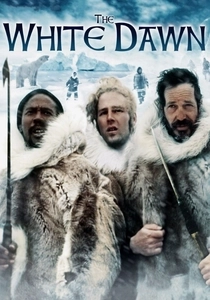
The White Dawn (1974)
Description: This film tells the story of three whalers stranded in the Arctic, offering a unique perspective on survival and cultural interaction in the Alaskan wilderness.
Fact: The film was shot in the Canadian Arctic, with Inuit actors playing significant roles, providing an authentic portrayal of life in the region.
 Watch Now
Watch Now 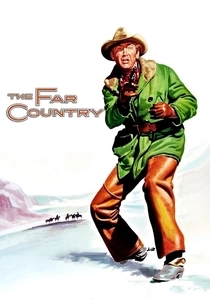
The Far Country (1954)
Description: James Stewart stars as a cattle driver who finds himself in the middle of a land dispute in the Yukon. The film's setting in Skagway, Alaska, and its portrayal of the lawless frontier make it a fitting addition to this list.
Fact: The film was shot on location in Jasper National Park, Canada, which stood in for Alaska. It was also one of the first Westerns to use the Canadian Rockies as a backdrop.
 30 Days Free
30 Days Free 
The Yukon Patrol (1942)
Description: A lesser-known film that still captures the essence of the Alaskan wilderness, this movie follows the adventures of the Canadian Mounties in the Yukon, showcasing the harsh beauty of the region.
Fact: The film was part of a series of "Northwest Mounted Police" films, which were popular during World War II for their patriotic themes.
 30 Days Free
30 Days Free 
The Alaskan Eskimo (1937)
Description: This documentary-style film provides an authentic look at the lives of the Inupiat people in Alaska, offering a cultural perspective that complements the Western genre's portrayal of the region.
Fact: It was one of the earliest films to document the lives of Alaska Natives, providing a rare glimpse into their traditions and daily life.
 30 Days Free
30 Days Free 
